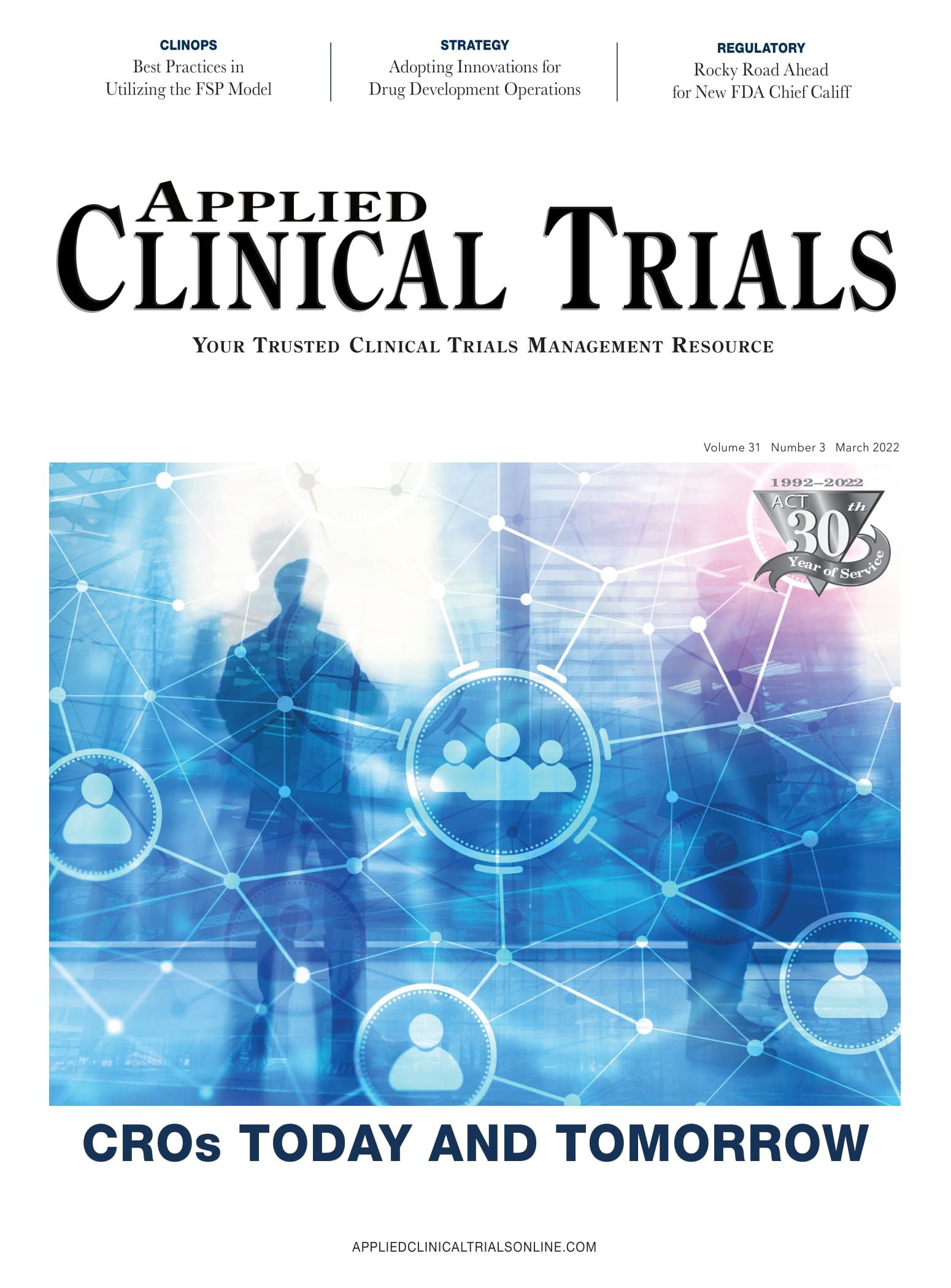What is a CRO?
Brief history lesson sets stage for current state of CROs.

The pharmaceutical industry is a stellar industry that has contributed greatly to the health of individuals as well as to the public health. Just look at the rapidity that multiple COVID-19 vaccines and antivirals have recently reached the market, and more to come. The industry has one of the smartest workforce and most come to work with passion in their bones, whether it be in their first job or those positions that followed. Thus, when all players cooperatively work together as a team with common goals, it is a win-win for society at large.
However, there are times during the development and post-marketing phases when drug and device companies identify a need to contract services when there are gaps in internal resources to fulfill milestones or when a decision is made to outsource key services rather than build an internal team. Today, the companies that are outsourced to are called contract research organizations (CROs), an industry with a rich history. One of the early CROs was Charles River Laboratories. According to its website, “In 1947, a young veterinarian purchased one thousand rat cages from a Virginia farm and set up a one-man laboratory in Boston, overlooking the Charles River. In an effort to fulfill the regional need for laboratory animal models, he bred, fed, and cared for the animals and personally delivered them to local researchers.” The rest is history.
In terms of clinical research, according to the IQVIA website, in 1974, Dennis Gillings the founder of Quintiles, signed his first contract to provide statistical and data management consulting for pharmaceutical clients. Then, in 1982, Quintiles, Inc. was incorporated in North Carolina. Again, the rest is history.
Currently, CROs provide services in the areas of 1) Good clinical practices (GCP), including protocol writing, site monitoring, statistical analyses, and medical writing; 2) Regulatory affairs, including interactions with regulators and the preparation and submission of electronic common technical documents (eCTD); 3) Good manufacturing practices (GMP), including the synthesis and manufacturing of drugs and biologics, as well as the development and manufacturing of devices and diagnostics; and 4) Good laboratory practices (GLP), including pharmacology studies in animal models of disease and toxicology studies in established animal study designs.
While CROs must run efficient and profitable businesses, there must be a balance with the three major stakeholders in all businesses, including customers, employees, and investors. The reason is that to be successful, CROs must retain long-term customer relationships, develop new customers on an ongoing basis, as well employ and retain highly experienced professionals. The reason is that without satisfied customers and satisfied employees, the investors will not get their expected return on investment (ROI). Likewise, if a CRO does not appreciate and understand that some new customers, or even existing ones, may require special treatments from time to time, including a discount here and there, some big clients may become small clients, and the opportunity to grow together with smaller startup companies could disappear.
With turnover in the pharmaceutical industry the way it is, it’s the CROs that often have expertise and experience in the medical indication under investigation. In other words, it is not uncommon for a CRO to provide scientific, clinical, and business continuity for pharmaceutical company sponsors. Thus, to maximize the CRO’s contribution to the overall development programs, the CRO should become an active member of the team. This is especially true when working with small-to-mid-size companies that look forward to listening to inputs and ideas from their CRO partner.
Hence, if a CRO can brag, as some do already, about 1) the number of regulatory interactions and approvals they have under their belt; 2) how they accelerate time to database lock; 3) the number of ongoing COVID-19 studies they are managing; and 4) the number of rare disease accomplishments etc., they will be very attractive to new and existing customers.
